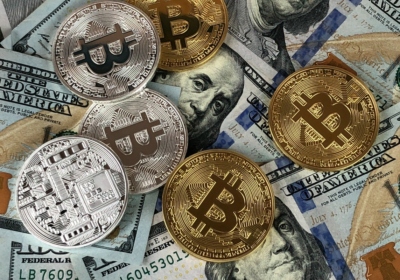Most people use the terms World Wide Web and internet interchangeably, yet the two are not the same. What makes them different from each other?
The Internet’s Origins
Of the two things, the internet came about first. Although most of us think of the internet as a fairly recent concept, it actually dates back to the 1960s. It was originally invented by the American military as a system for enabling communication to continue if a nuclear strike occurred. The system was called ARPAnet. In time, ARPAnet expanded to cater for civilian communication as well as the American military. It enabled academics to keep in touch, for example. As more people started to own computers during the 1980s and 1990s, ARPAnet became the internet, and it started to become more widely known.
How the Internet Works
According to the BBC, the internet is a global network of computers that works like the postal system. Just as the postal service enables people to send envelopes with messages, the internet allows computers to send small packets of digital data – albeit much faster than the post.
This global network of computers is connected like a spider’s web of roads and highways, making communication possible. Information that travels across the internet uses different languages, called protocols. No single person actually owns the internet.
Origins of the World Wide Web
The World Wide Web (or web is it is commonly known) is much younger than the internet. According to the Guardian, Tim Berners-Lee invented it in 1990. Although information exchange over the internet took place before this, it looked unappealing and had limitations. The web changed all of this, making the appearance of text more attractive whilst enabling sound and images to be communicated.
How the World Wide Web Relates to the Internet
Essentially, the web is a collection of digital pages that can be accessed using the internet. The web is the largest and most popular part of the internet, and there are an estimated 65 billion web pages on the internet today. Web services use a language known as HTTP to enable communications. Aside from the web, other ways to communicate information across the internet include email, which uses SMTP language, and instant messaging.
Web pages contain what are known as hyperlinks, allowing them to link to each other. When a web page is designed, experts such as web design Northampton agency MPS Creative will understand how to effectively put the pages together of a website to ensure it works, looks good and can be read by others.
One of the other features of the web is that it is searchable. Using browsers such as Firefox, Safari or Google Chrome, internet users can look for specific web pages from anywhere in the world using links. In some ways, it is similar to a powerful global library – one that allows users to find information at lighting-fast speeds.







Recent Comments